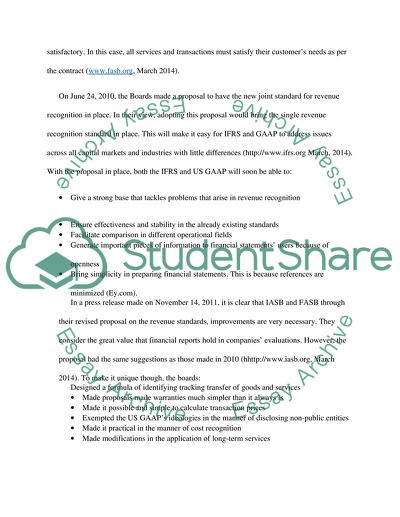Cite this document
(“New Standards for Revenue Recognition Research Paper”, n.d.)
Retrieved from https://studentshare.org/finance-accounting/1633690-new-standards-of-revenue-recognition
Retrieved from https://studentshare.org/finance-accounting/1633690-new-standards-of-revenue-recognition
(New Standards for Revenue Recognition Research Paper)
https://studentshare.org/finance-accounting/1633690-new-standards-of-revenue-recognition.
https://studentshare.org/finance-accounting/1633690-new-standards-of-revenue-recognition.
“New Standards for Revenue Recognition Research Paper”, n.d. https://studentshare.org/finance-accounting/1633690-new-standards-of-revenue-recognition.


